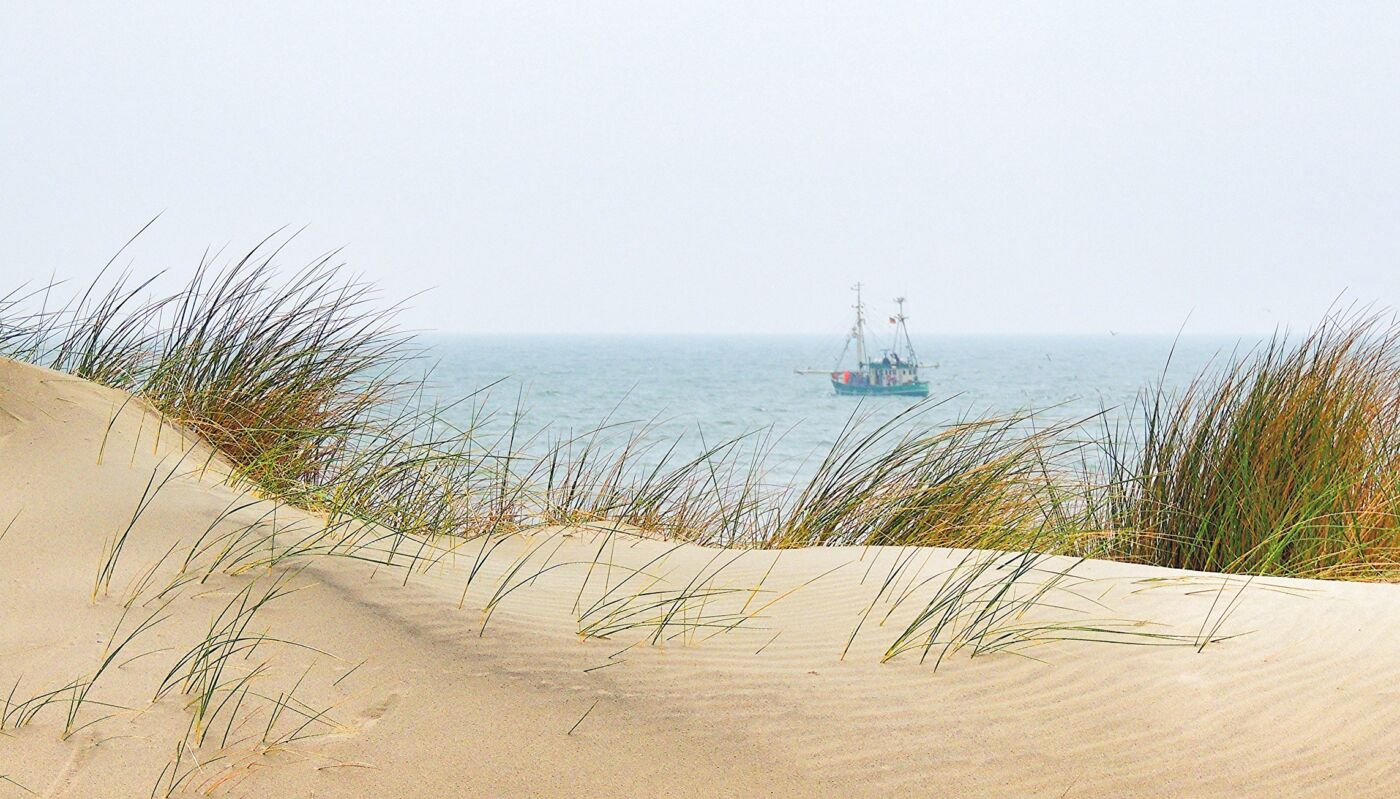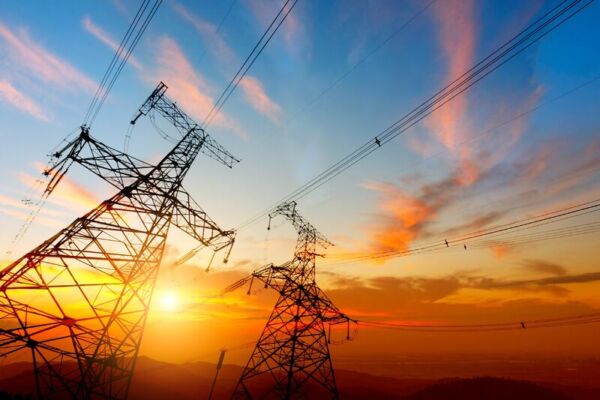The North Sea is the largest contributor to European offshore wind energy, totaling about 80% of the entire power supply. Germany and Denmark in particular have been sourcing offshore energy from these waters since the 90s due to the strong winds and shallow water. Thanks to these favorable conditions, the surrounding countries are highly optimistic that they will be able to achieve the rather challenging climate goals posed by the European Commission. The EU is supposed to reach 300 GW of offshore wind capacity by 2050.
For this reason, politicians and state officials of nine countries – Belgium, Ireland, Denmark, France, Germany, Luxembourg, the Netherlands, Norway, and Sweden – recently gathered in Dublin to discuss the future of offshore wind energy in the North Sea.
Ambitious new objectives
The main reason of the meeting were the recent disruptions of the energy market caused by the pandemic and the war in Ukraine. These developments revealed the lack of independence and resilience of the European energy system – and the need to expand into renewable energy sources like wind power.
To adjust to these shortcomings, the countries declared ambitious new goals: by 2050, the North Sea alone is supposed to contribute 260 GW of offshore wind to the power grid. That’s 85% of the EU’s current offshore target and 17 times more than all of the EU’s current offshore wind capacity. To better track progress, the panel has staggered the target: 76 GW of North Sea wind capacity by 2030 and 193 GW by 2040.
Another item on the agenda, was how to reduce supply chain bottlenecks to speed up the process of deploying renewable energy. Since offshore wind power is one of the most competitive and scalable native sources of electricity, expanding this type of power generation is an important step toward a carbon-neutral Europe and an independent, lower-cost energy supply. In this context, reference was also made to the REPowerEU agenda, which is the energy policy response to the Russian war in Ukraine.
Not an easy task
However, these goals are not easy to follow. The European wind energy supply chain is still trying to cope with challenges linked to pandemic-induced disruptions, the economic effects of the war in Ukraine, as well as the increasing costs in energy and shipping. On top of that, the industry is dealing with a lack of available infrastructure and a skilled workforce. According to the panel, Europe needs to invest at least €6.5bn in upgrading its port infrastructure and step up its efforts in ensuring sufficient study and training programs for offshore wind.
[…] the wind energy supply chain […] has to more than double in size if it’s going to meet the EU’s offshore wind targets. That requires crystal clear visibility from Governments: they need to decide where, when and how exactly they’re going to build these new offshore wind farms.
Working together
The most important agreement on that day, however, was the understanding and willingness of each participating country to foster cross-country cooperation along the North Sea borders. To achieve this, they will support ENTSO-E in preparing a strategic offshore network development plan for 2050 which will include innovative hybrid offshore wind farms. They also pledged to accelerate the permitting process of offshore wind projects in line with the European Union’s REPowerEU agenda.
Let’s see where this goes and when we can notice the first positive changes!



